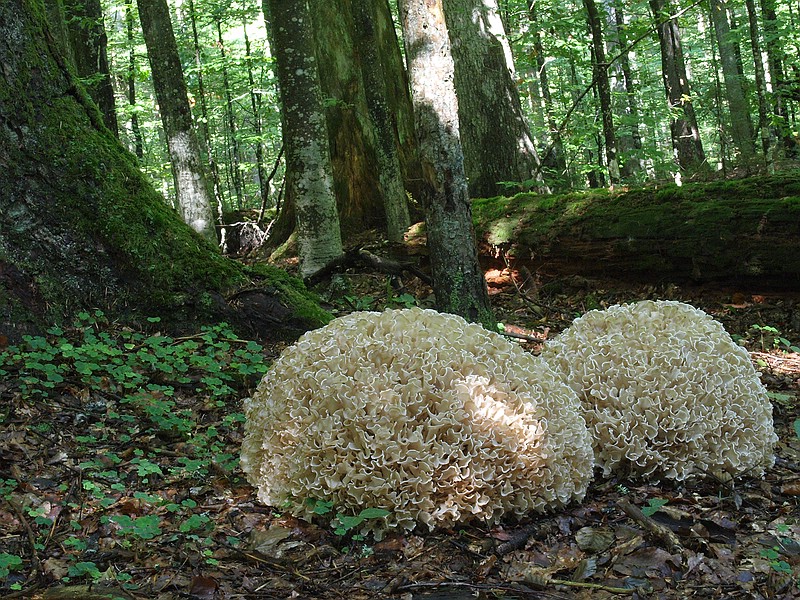Three countries, two national parks, one goal – lots of fungi!
Funga (fungi kingdom) is the counterpart to fauna (animal kingdom) and flora (plant kingdom). Fungi are fascinating organisms generating a huge public interest, not least because of the edible species and their poisonous lookalikes. Fungi are crucial in all organic material cycles and form a basis of numerous ecosystem services. There are big gaps in the scientific recording of the funga in many regions: European nature conservationists repeatedly referred to fungi as “forgotten species”. Similarly, the Bohemian Forest is rather incompletely studied, despite of its position in the heart of Europe. However, it is estimated that this mountain range hosts more than 4,200 fungal species.

The Bohemian Forest – also called Bavarian Forest, Kunisch Mountains, or Bavarian-Bohemian border highlands – extends over a large part of Central Europe. Its area is politically divided by the borders of Germany, Czech Republic and Austria but the Bohemian Forest is one unit regarding many aspects. Diverse concordances are found in traditions, names, popular beliefs, and cuisine. The Bohemian Forest is one solid unit also regarding geology. It forms the southwestern part of the Bohemian Massif or Moldanubikum, consisting mainly of cristalline rocks.
The goal of the three-year Interreg-project “Funga of the Bohemian Forest – Houby Šumavy” is studying the mycological diversity of this region, funded by the European Regional Development Fund. In this project, cross-border cooperation is an important basis, especially for recording the species’ distribution. Furthermore, morphology and traits of fungal species are analysed. Distribution and characteristic traits of species are an important foundation for subsequent biological, ecological, and conservation research as well as for the protection of species and habitats.
The mycological research in this Interreg -project is carried out by scientists and citizen scientists from Austrian, Czech and German institutions and learned societies working hand in hand: the two national parks Bavarian Forest and Šumava, the Chair of Ecology and Conservation Biology of the University of Regensburg, the German Society of Mycology, and as associated partners the Austrian Mycological Society and the Biology Center Linz with Mycological Workinggroup.
